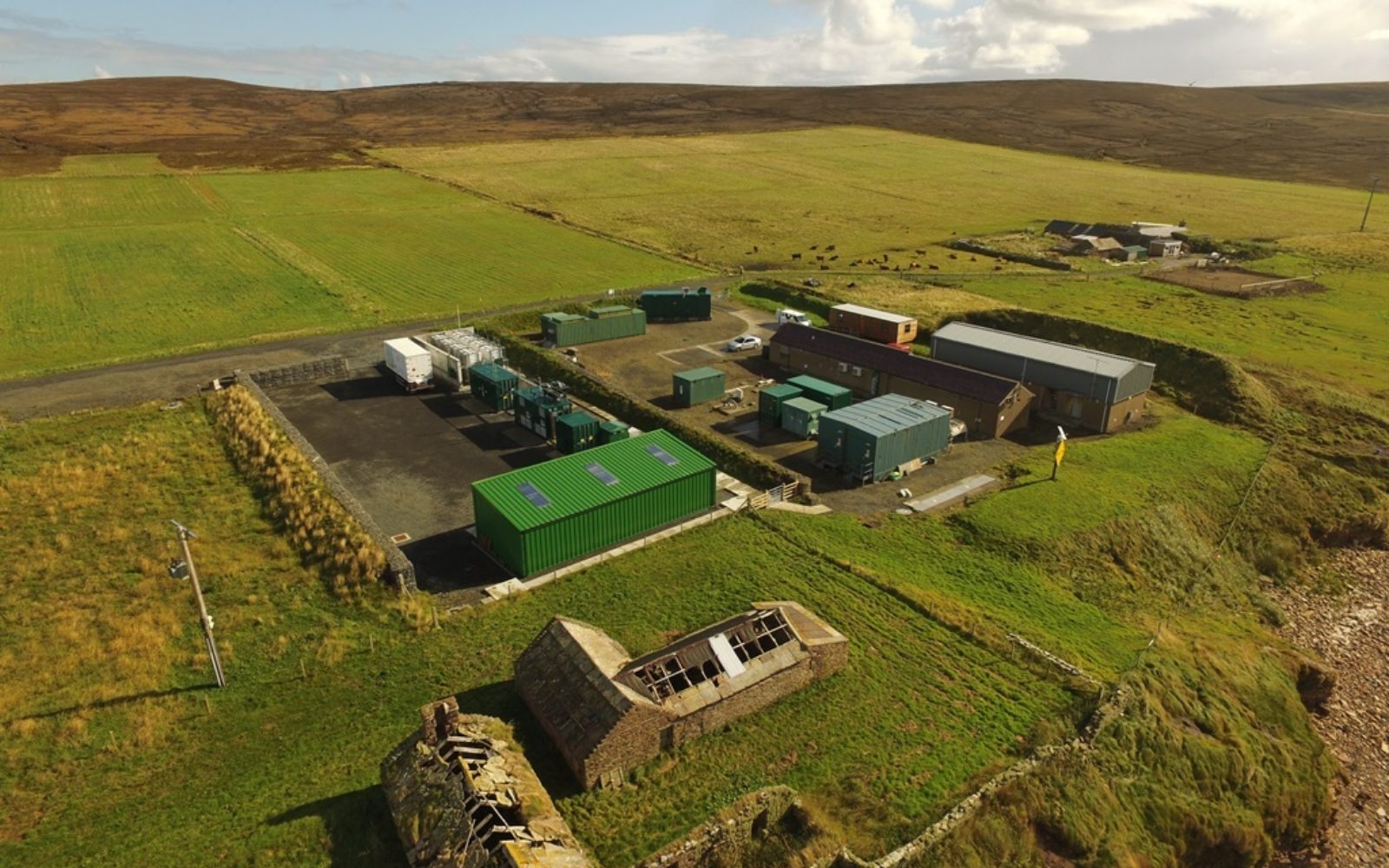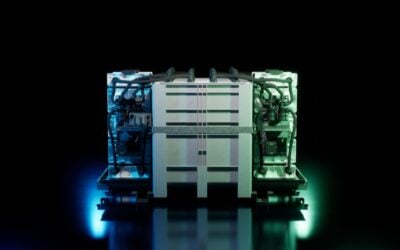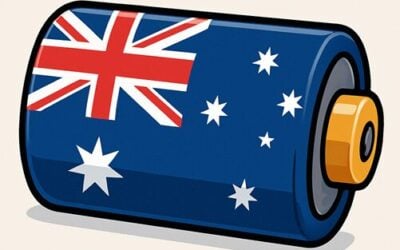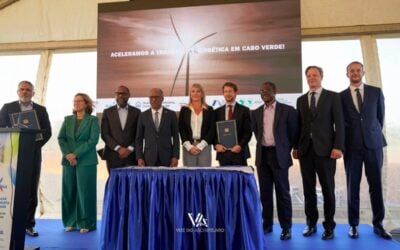
In a world first project, tidal power is set to be combined with vanadium flow batteries to produce continuous green hydrogen.
The project will be located on the island of Eday, Orkney, off the northern coast of Scotland, at the European Marine Energy Centre’s (EMEC) tidal energy test site, with a 1.8MWh flow battery from Invinity Energy Systems installed to help “smooth” tidal generation.
While tidal generation is predictable, it is variable with two high tides and two low a day. This makes it an extremely heavy cycling application, which can be very hard on conventional lithium-ion batteries, degrading them much faster than when they are used with technologies like solar PV.
This makes Invinitiy’s vanadium flow batteries much better suited, according to the company, as they are able to form heavy duty, stationary energy storage for high-utilisation and industrial applications. The Eday site will consist of eight Invinity VS3 battery modules linked together into a single system, which will be constructed at the company’s manufacturing facility in Bathgate, West Lothian.
Try Premium for just $1
- Full premium access for the first month at only $1
- Converts to an annual rate after 30 days unless cancelled
- Cancel anytime during the trial period
Premium Benefits
- Expert industry analysis and interviews
- Digital access to PV Tech Power journal
- Exclusive event discounts
Or get the full Premium subscription right away
Or continue reading this article for free
To read the full version of this story visit our sister site Current±.





